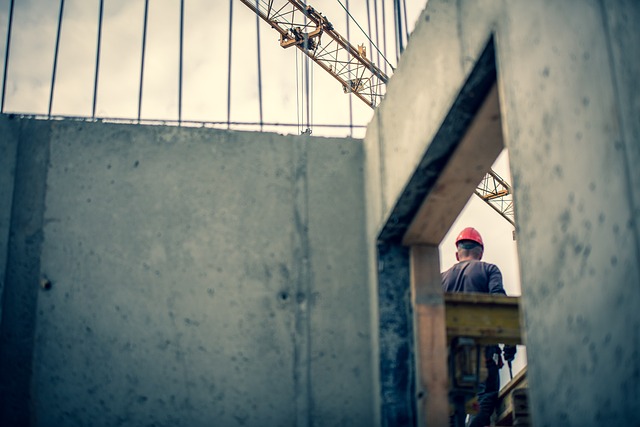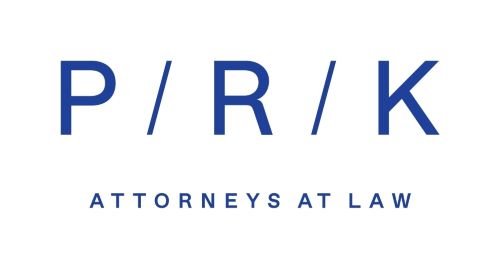We will have to learn to live and work with the new Construction Act, i.e. Act No. 283/2021 Coll. At the moment, with its approaching full effect from 1 July 2024, it is being declined
mainly from the point of view of the concerns of officials and builders due to insufficient preparation, technical equipment or lack of training of building office employees. But the fact is that from the beginning of July 2024 there will be no other way.
The main objective pursued was the streamlining and simplification of all related processes in the field of construction, however, the current form of the law differs in many ways from its original proposed form and many changes will not be as radical as originally intended.
1. Planning permit proceedings
• One of the fundamental changes is the fact that only a so-called planning permit will be issued in the course of one proceeding , instead of the previous obligation to go through two proceedings – zoning and construction. In the course of this unified procedure, the building (or other project) will be assessed both from the point of view of its location on the land and from the point of view of its actual implementation. • If the builder does not submit all the necessary opinions of the authorities concerned to the application, the building authority will no longer invite him to make additions or stop the process, but will request them himself. At least on a theoretical level, it is clearly a simplification of existing processes, and the Ministry of Regional Development states that builders will go through one procedure and receive one stamp, while simpler buildings will receive this stamp in just 30 days. The time is extended to up to 120 days for more complex constructions such as highways or other larger infrastructure constructions. However, there will actually be more different stamps, because the integration of all underlying documents (opinions) into the procedure for construction and the final construction permit has not been carried out.
2. Appellate principle
• Another innovation is the introduction of the so-called appellate principle, which in practice means that in the context of an appeal against a decision, the appellate authority will make the final decision directly, instead of returning the matter to the authority that decided the matter in the first instance . Management will not be passed from one authority to another and back. It is a question of how effective this procedure will be and whether the problem will not simply be moved to court proceedings, in which, moreover, the builder will only be a person involved in the proceedings, if he is not the plaintiff himself.
3. Building authorities
•One of the basic points in which the current form of the new Building Act differs from the original proposed version, is the absence of a separate system of building authorities, headed by the State Supreme Building Authority. The inspiration for this modification was a separate system of cadastral offices, but no agreement was found on the specific form of the modification, so the plan was abandoned. Decision-making will thus remain in the hands of the existing building authorities, whose number should be reduced (but not significantly).
• However, the law introduces a new Transport and Energy Construction Office (DESÚ), which is subordinate to the Ministry of Transport and which will deal with the construction of roads, highways, railways, power lines and other construction projects in the field of transport and energy.
4. Unified environmental opinion
• An important innovation is the introduction of a unified environmental opinion. This unified environmental opinion, the so-called JES, aims to simplify and speed up the process of obtaining all
the necessary decisions, opinions or statements regarding the impact of the plan on the environment. Builders will therefore no longer have to pass the mandatory round at various administrative authorities, but they get everything they need within one procedure. This will reduce the administrative burden, as the JES will be issued instead of up to 26 administrative acts issued under 9
different legal regulations. The JES will always be the basis for planning permission procedures according to the Building Act and in other procedures.
• In cases where it concerns the implementation of a project requiring the issuance of a binding opinion EIA (Environmental Impact Assessment), assessing the effects on the environment, and this is requested by the builder, the JES will also include this. The exception , however, continues to be administrative acts issued by nature protection authorities in protected areas, in locations of European importance and in bird areas.
• The process of preparing and issuing the JES will take place without participants, participation will only be possible in subsequent proceedings for which the JES will be the basis.
5. Additional permits for buildings
• Additional permits for so-called “black buildings”, i.e. buildings built without a permit or without compliance with the conditions set forth in it, will continue to be possible, but the conditions will be considerably tightened. Stricter conditions also apply to structures built before the law came into effect, if their existence is discovered and discussed at the time the new building law comes into effect.
• This additional permission will be possible if the legal conditions are met, which are:
– payment of the fine for the offense committed;
– the construction in question will not require a decision to permit an exemption from prohibitions according to another legal regulation;
– the construction does not require permission for an exception to the requirements for construction (however, in the case of exceptions to the requirements for the placement of buildings, it is possible to document the consent of other participants and the condition is considered fulfilled).
6. Digitization
• The most important step, however, is the creation of the Builder’s Portal, through which it will be possible to communicate with administrative authorities. So it will not only be about building authorities and other concerned authorities, but also about technical and transport infrastructure managers. Through the builder’s portal, it will be possible to clearly monitor the entire course of the proceedings, view the files and document any missing documents. Only time will tell whether the new regulation will bring the expected simplification and acceleration of the entire construction procedure.
Our experts in this field:
Jakub Lichnovský, Partner
PRK Partners Prague, Ostrava
jakub.lichnovsky@prkpartners.com
Jana Pekařová, Senior Attorney
PRK Partners Praha
jana.pekarova@prkpartners.com



